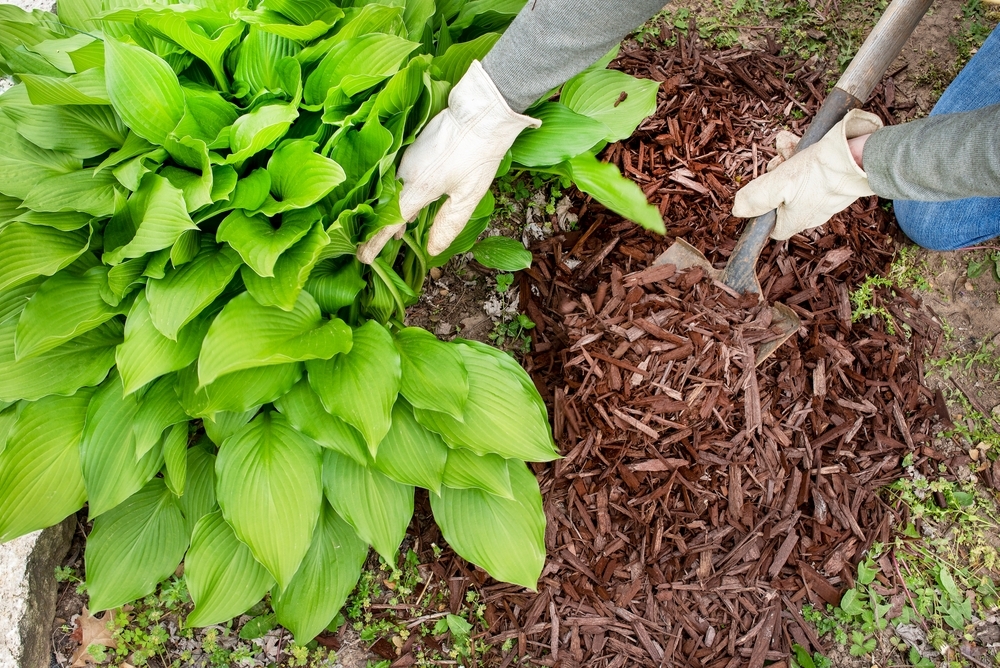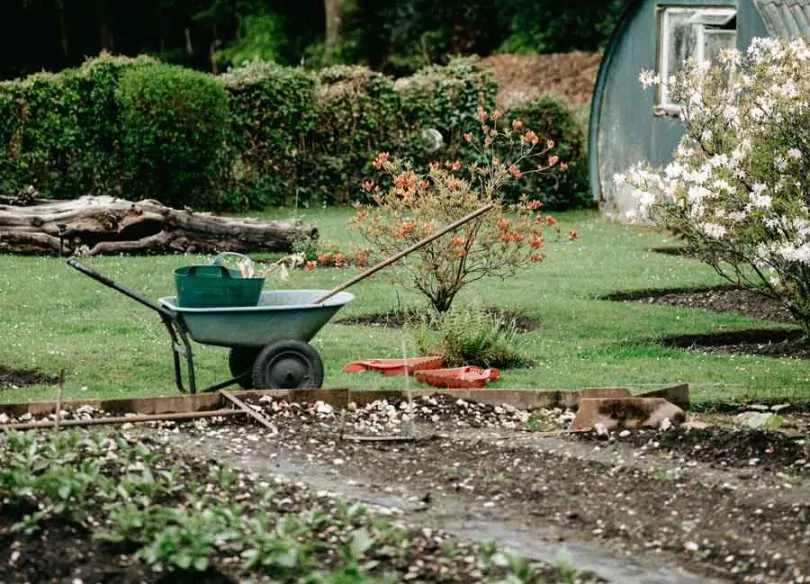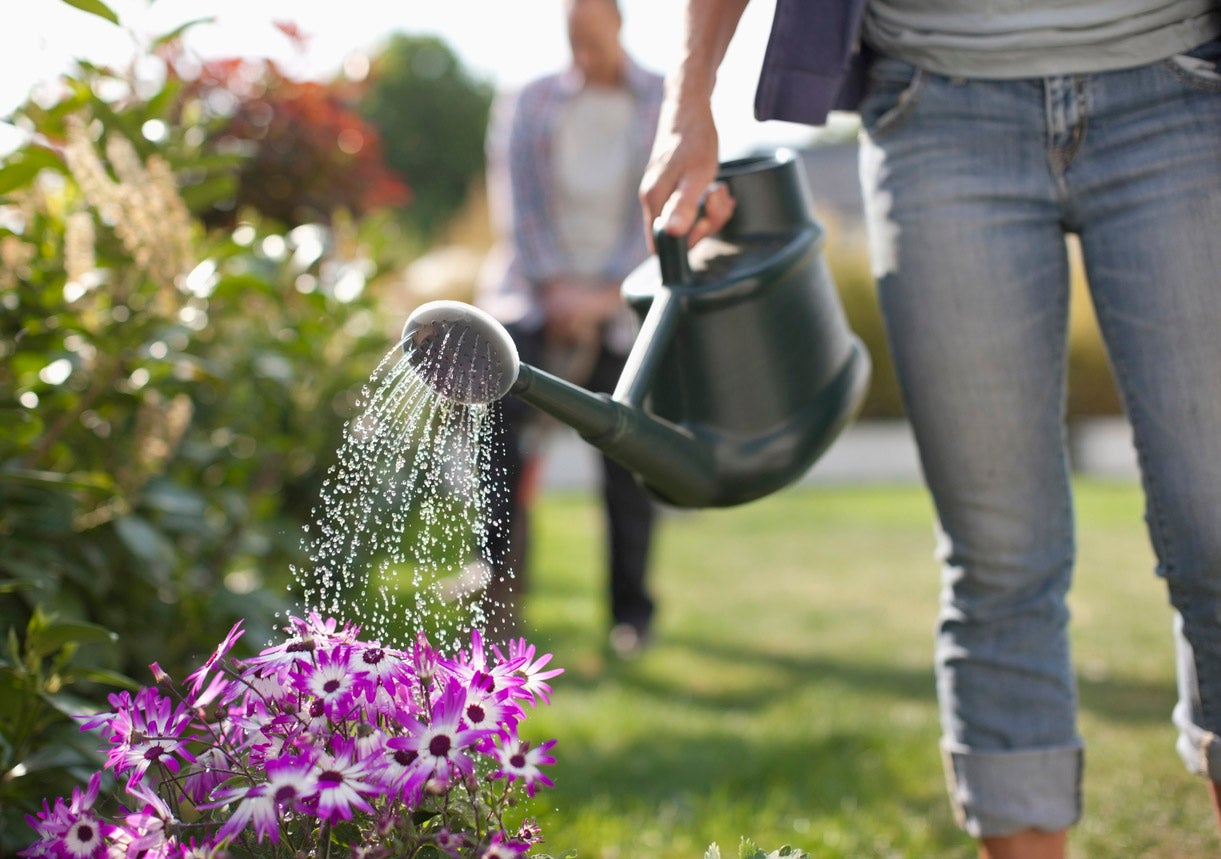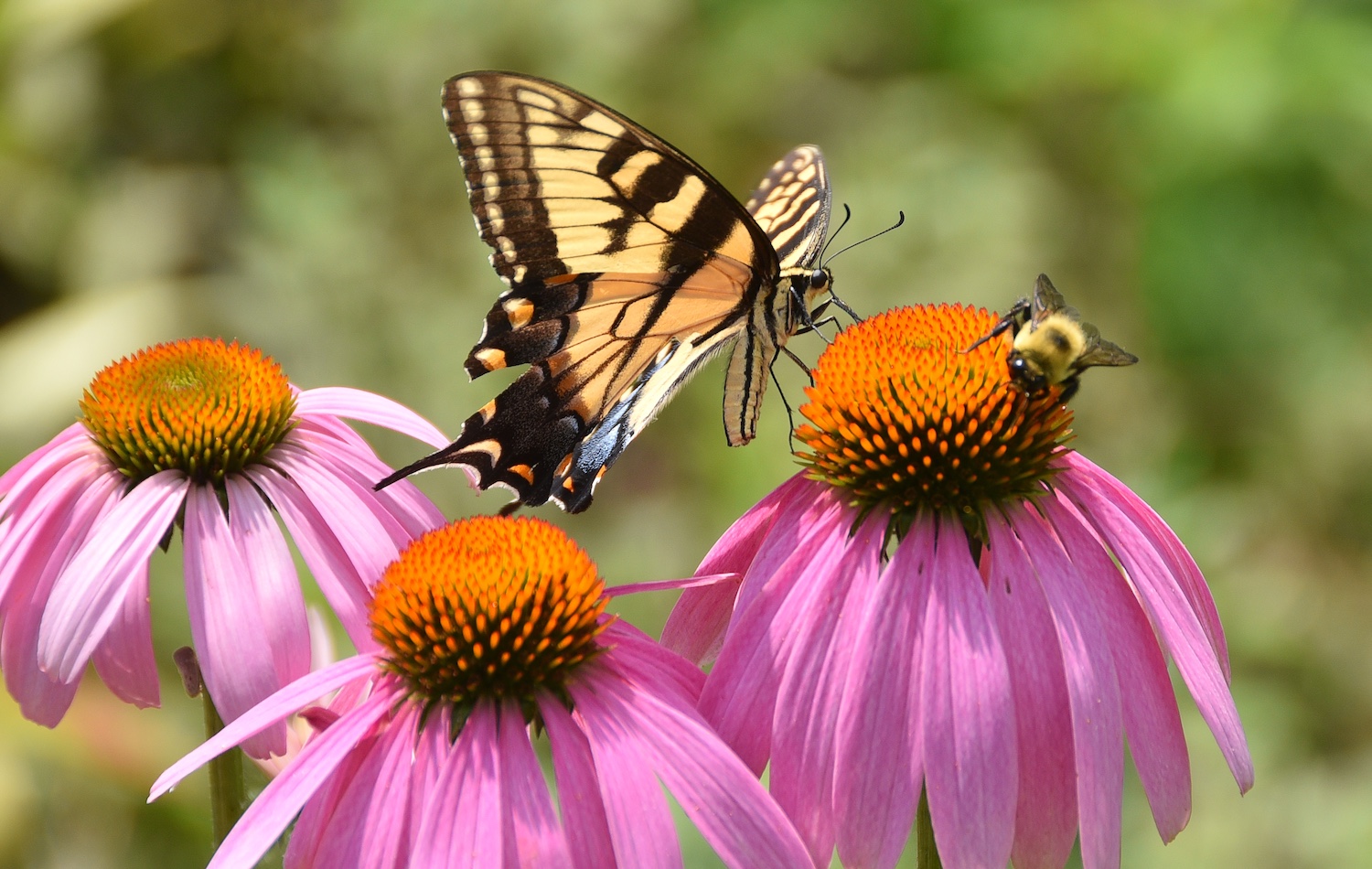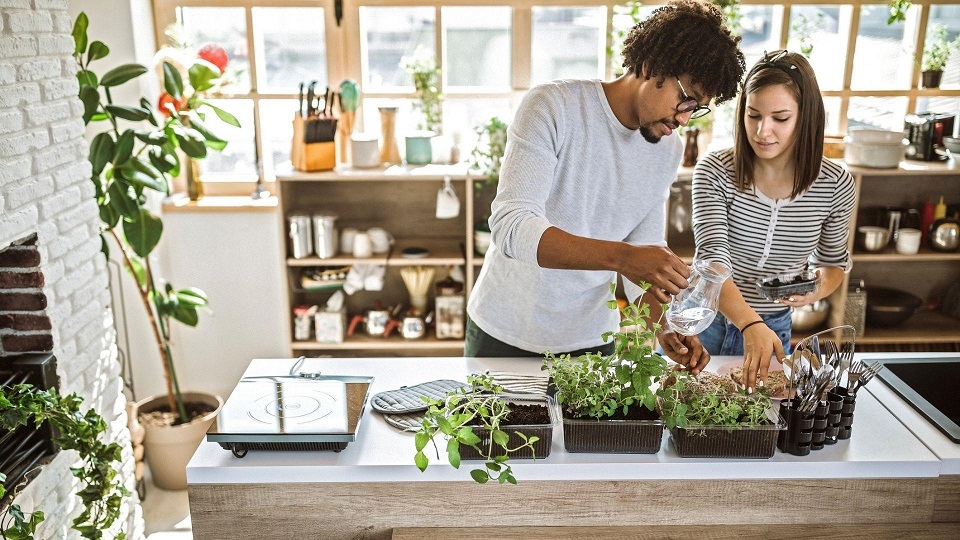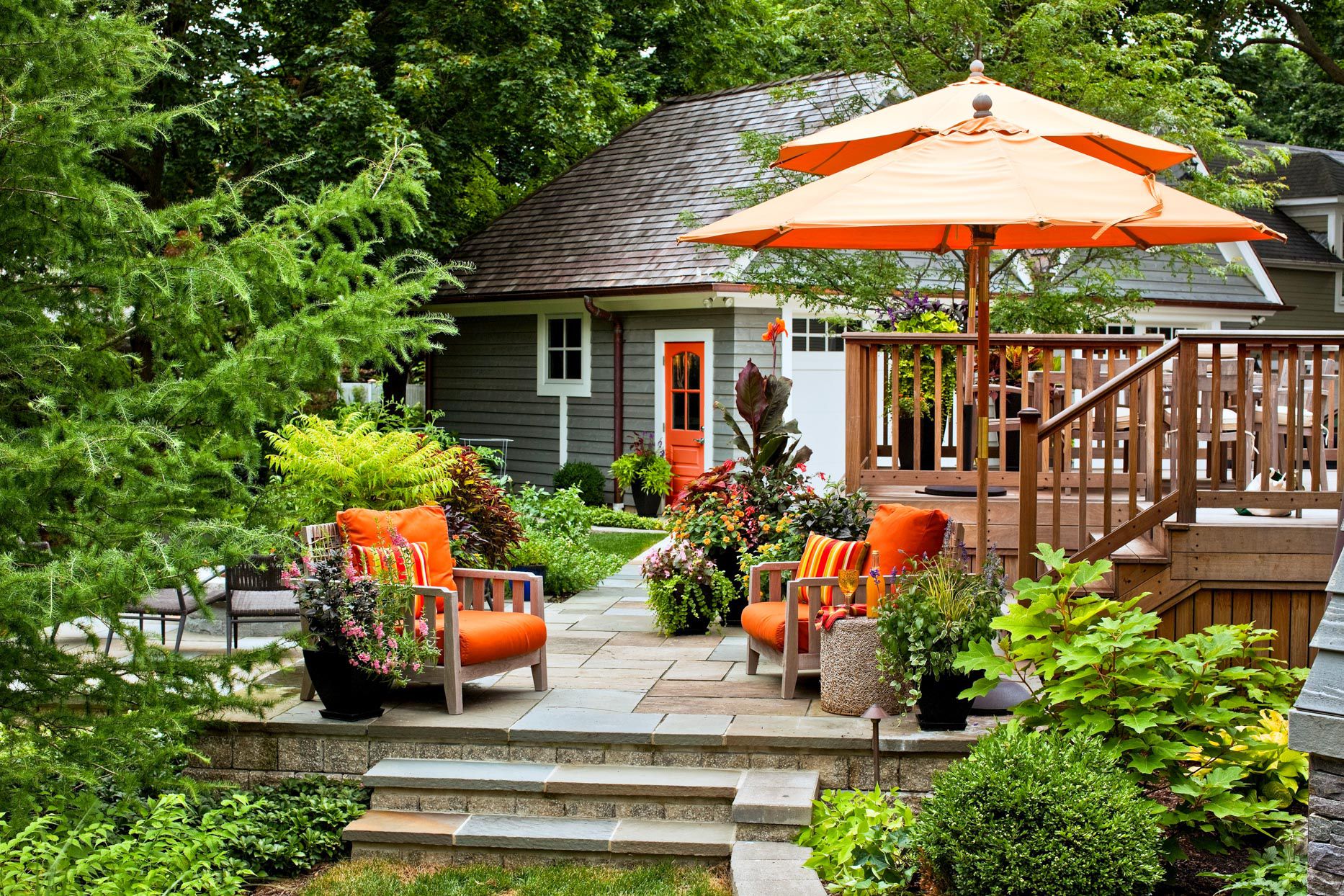Creating a Sustainable and Eco-Friendly Garden
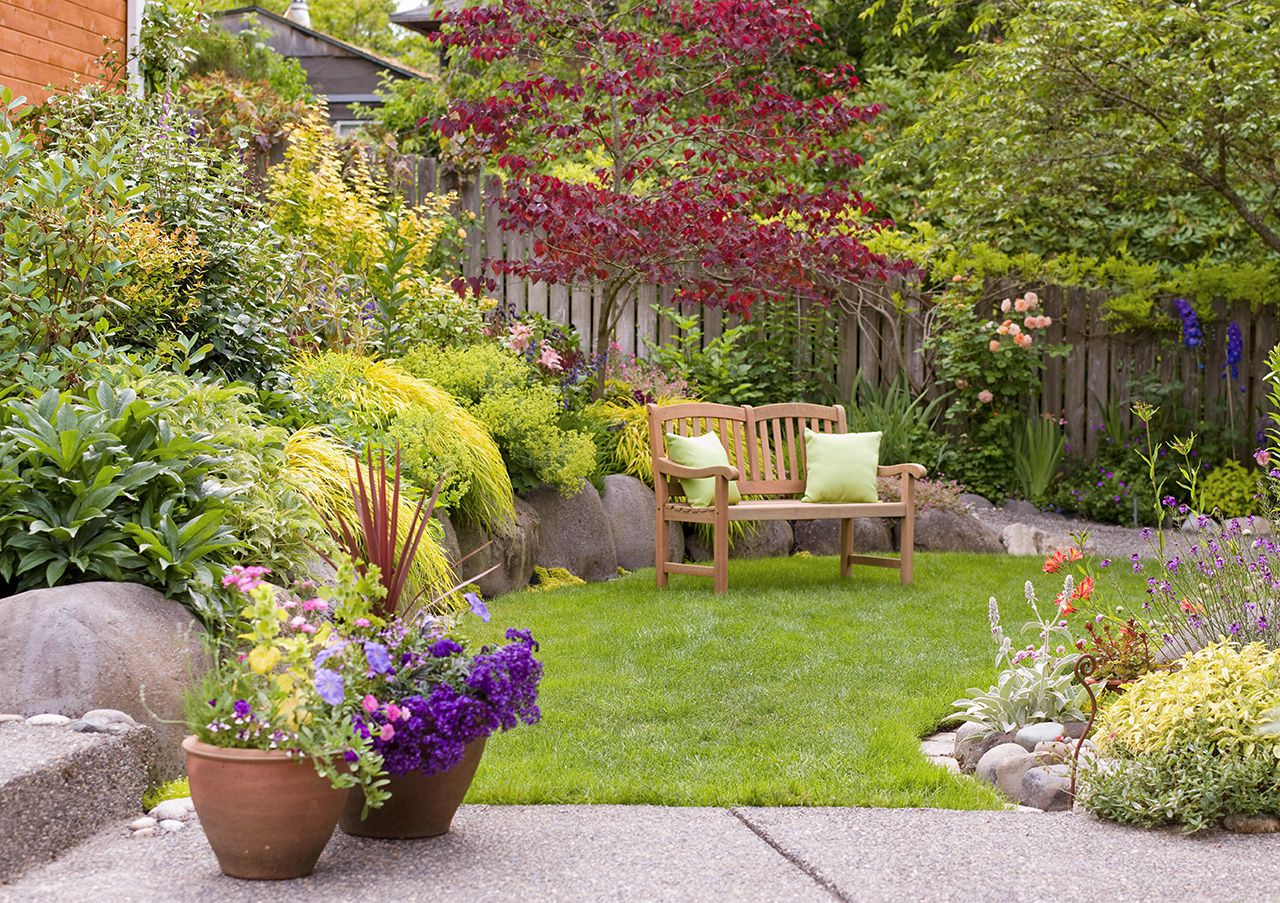
Anúncios
Your commitment to the health of the planet and the well-being of future generations is reflected in the way you care for the environment by creating sustainable and environmentally friendly gardens. Paying attention to the details of the gardening practices you practice will help you cultivate a healthy gardening ecosystem that is in balance with nature.
1. Choose Native Plants
Selecting native plants that thrive in your location’s temperature and soil conditions is an important part of sustainable gardening.
Anúncios
Benefits of Using Native Plants:
- Native plants require less water and maintenance because they have adapted to their local environment.
- They provide food and habitat for native organisms, thus contributing to the health of local ecosystems.
- Because native plants are more resistant to pests and diseases, the use of chemical pesticides and other treatments is reduced.
Help Local Flora and Fauna:
Bees, butterflies and birds that depend on these plants for food and shelter are just some of the native animals that can be attracted and supported by the native plants that naturally grow in the area.
Adapting to Changes in Climate and Terrain:
Choosing plants that are appropriate for your local climate and soil type can help these plants thrive effortlessly, reducing water use in the garden and the amount of water required for overall maintenance.
Anúncios
2. Water Saving Technology
Saving water is one of the most important aspects when it comes to sustainable gardening, especially in countries prone to drought or water scarcity.
Getting Water from Rainwater:
Collect rainwater that falls on roofs or other surfaces in buckets or other containers. Use collected rainwater to water plants, reducing reliance on tap water.
Irrigation Methods using Drip Irrigation:
Installing a drip irrigation system delivers water directly to the roots of the plants, reducing wasted water and maximizing water use efficiency.
Cover to Stay Hydrated:
Applying an organic mulch around plants helps retain soil moisture, prevents water from evaporating and prevents weeds from growing.
3. Organic Gardening Best Practices
Organic gardening benefits the health of the soil, as well as the biodiversity of the garden ecosystem and overall well-being.
Compost Improves Soil Quality:
Create nutrient-rich compost by composting kitchen scraps, yard waste, and other organic matter. This benefits the fertility and structure of the soil.
Natural Ways to Control Pests:
Beneficial insects such as praying mantises and ladybugs can be introduced to the garden to control pests biologically, reducing the need for chemical pesticides.
Stay Away from Pesticides and Other Chemical Fertilizers:
Because they are harmful to beneficial insects and soil health, the use of synthetic fertilizers and pesticides should be reduced or completely eliminated.
4. Minimize Waste and Recycle
Reducing waste and finding creative ways to recycle materials are important parts of sustainable gardening.
Recycling Garden Waste:
Composting and reusing yard waste, leaf litter, and twigs are both great ways to recycle yard waste.
Use of Recycled Materials in the Construction of Garden Structures:
When creating garden features such as raised beds or paths, consider using recycled materials such as reclaimed wood or stone.
Recycle Items to Create Original Garden Decorations:
Reusing old containers, furniture or other materials in your home can result in a creative and environmentally friendly outdoor design.
5. Introduce Beneficial Wildlife
Doing your part to help the growth of beneficial species, such as pollinators and natural enemies, will benefit your garden from their growth.
Plants that are Good for Pollinators:
Planting a variety of flowers that are attractive to pollinators such as bees, butterflies and other insects will help ensure that your plants are pollinated.
Provide Habitat for Animals:
You can make your yard more attractive to native wildlife by strategically placing nesting boxes, birdhouses, and other types of cover throughout the space.
Activate the Natural Order of Things:
Garden pests can be controlled by attracting natural enemies, such as birds and insects that are beneficial to plants, rather than relying on potentially dangerous pesticides.
6. Effective Use Of Energy
The environmental impact of your garden can be further improved by implementing energy efficiency.
Use Solar Garden Lighting:
Installing solar powered garden lighting can help reduce energy consumption and create a greener lighting solution.
Environmentally Friendly Outdoor Units:
Choose eco-friendly and energy-efficient outdoor equipment for your home, such as rain barrels and solar-powered water features.
Sustainable Garden Design and Organization:
It is important to carefully plan the architecture of the garden so that it receives the most natural sunlight and circulation. This will help reduce the amount of artificial heating and cooling required.
Conclusion:
Developing a garden that is both sustainable and environmentally friendly is a process that requires relentless commitment and thoughtful decision-making. If you choose native plant species, reduce water use, adopt organic gardening practices, minimize waste, encourage wildlife, and reduce energy use, your garden has the potential to be a model of sustainability and a safe haven for the surrounding ecosystem.
FAQs:
1. Can I create a sustainable garden on a small piece of land?
Of course! Sustainable gardening can be applied to gardens of all sizes, whether you have a small city balcony or a large backyard.
2. How do I attract bees and butterflies to my garden?
Plant a variety of nectar-rich flowers, use native plants and avoid pesticides to attract and support bees and butterflies.
3. Can I effectively use organic pest control methods in my garden?
Yes, organic pest control methods can be very effective if applied correctly and incorporated into your gardening routine.
4. Are there any financial incentives to create an eco-friendly garden?
Some districts offer tax incentives or rebates to homeowners who adopt eco-friendly practices, such as collecting rainwater or installing solar systems.
5. How can I encourage children to get involved in sustainable gardening?
Involve children in planting, composting and creating wildlife habitats. Teach them about the importance of sustainability and the impact of their actions on the environment.
